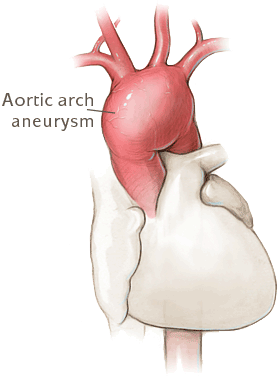

We included in our study all patients referred to our echocardiography lab for transthoracic echocardiograms between January and December 2007. 2 In this study, our aim is to evaluate the usefulness of aortic arch analysis during routine TTE in adults. A recent report from the European Association of Echocardiography on standardization of performance, digital storage, and reporting of echocardiography studies considered that this view might not always be required in adults. Other vessels can be also imaged from the suprasternal notch these include the origins of the left common carotid, the innominate, and the left subclavian vessels.ĭespite the recommendations of the American Society of Echocardiography, 1 the majority of clinicians and sonographers do not obtain this view routinely during TTE. Subsequently, 7 patients (18%) underwent surgery, 4 patients (10%) were started on oral anticoagulation therapy, and 28 patients (72%) treated with an antiplatelet and risk factors modification.Īortic arch, Transthoracic echocardiography Introductionĭuring transthoracic echocardiography (TTE), the aortic arch is visualized in the suprasternal notch view. Other abnormal findings included one case of coarctation of the aorta, one case of a floating thrombus in a right pulmonary artery branch, one case of severe stenosis of the inominate artery, and one case of type A aortic dissection. Four patients (10%) had aortic arch aneurysms (diameter ≥4.5 cm).

Among patients with abnormal findings, 32 patients (82%) had aortic arch plaques, 24 of them (75%) had plaques <4 mm, and 8 patients (25%) had plaques ≥4 mm. Suprasternal notch views and aortic arch analysis were normal in 1787 patients (98%) and abnormal in 39 patients (2%). Adequate study was obtained in 1826 patients (91% of cases). We performed aortic arch analysis on all 2000 adult patients (mean age 52, range 18–89) referred to our echocardiography lab for transthoracic echocardiograms between January and December 2007.


 0 kommentar(er)
0 kommentar(er)
